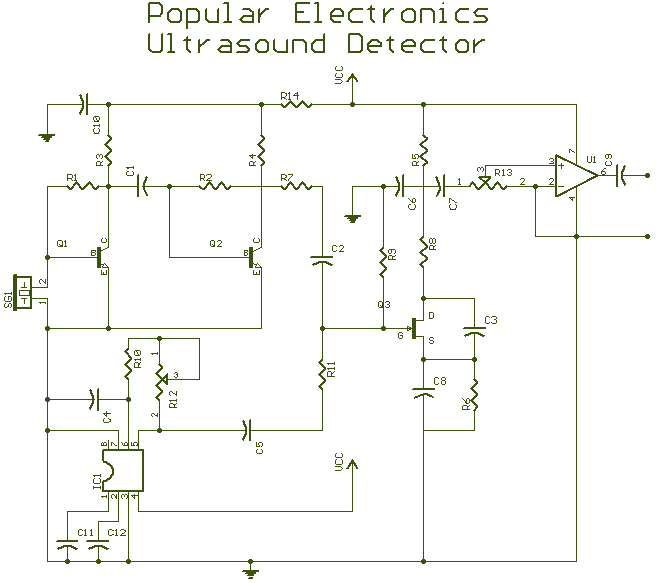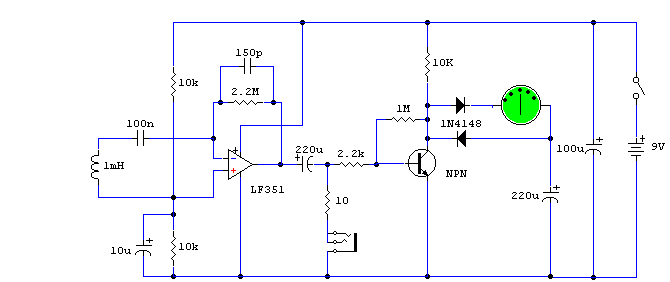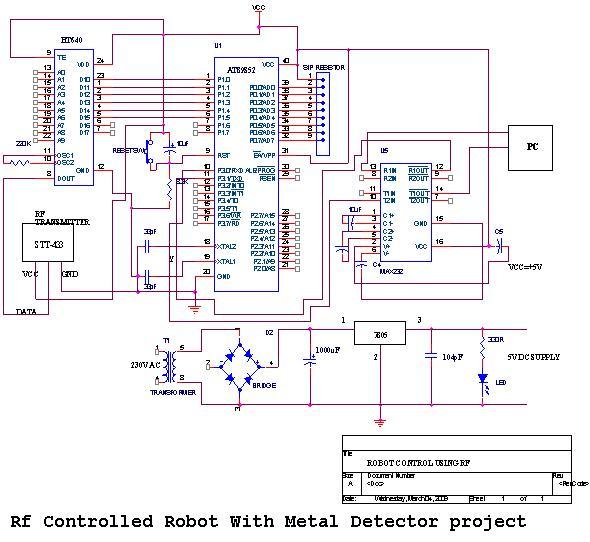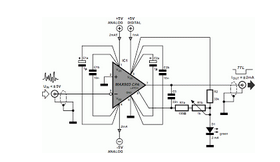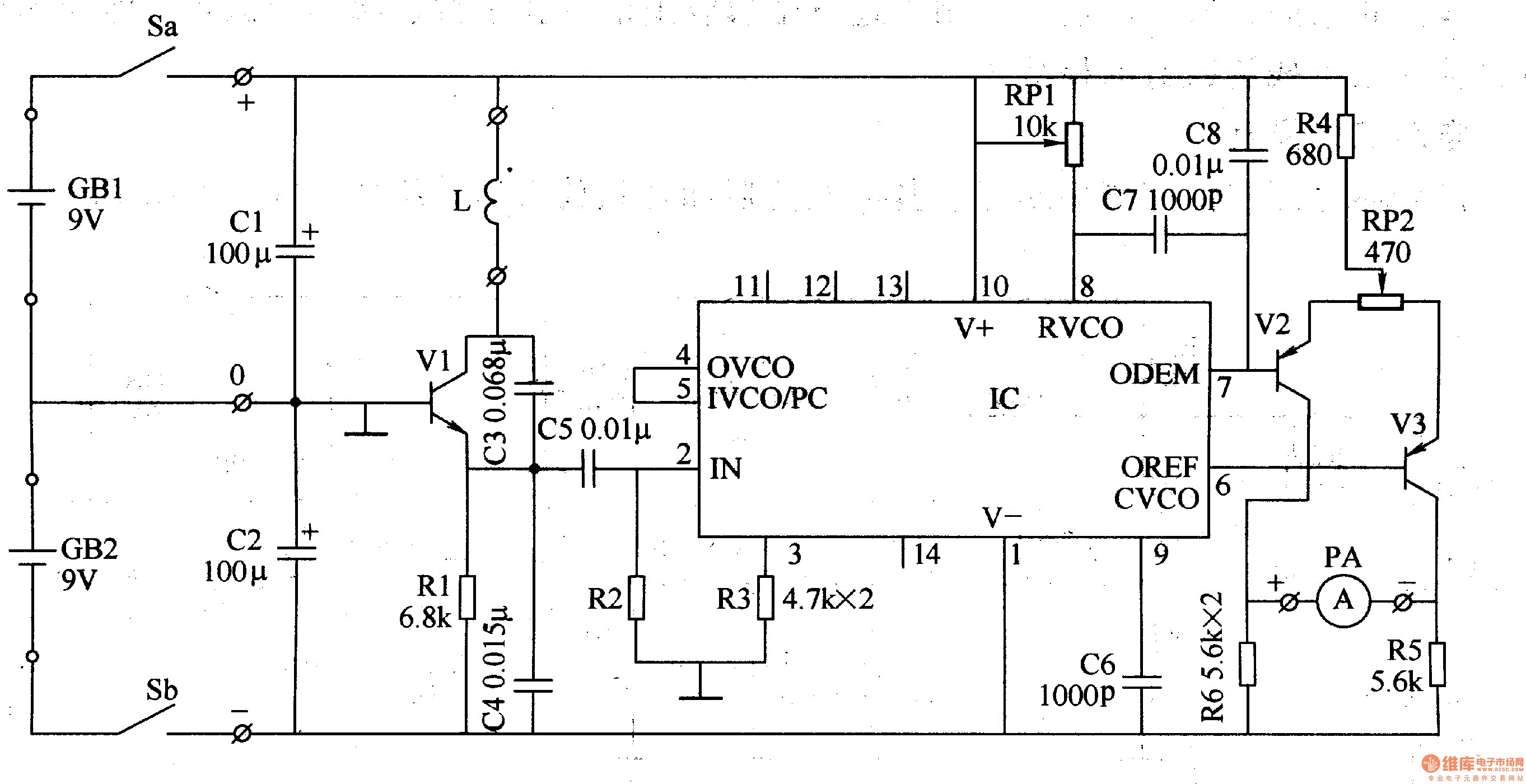
Ultra wideband RF detector design challenge
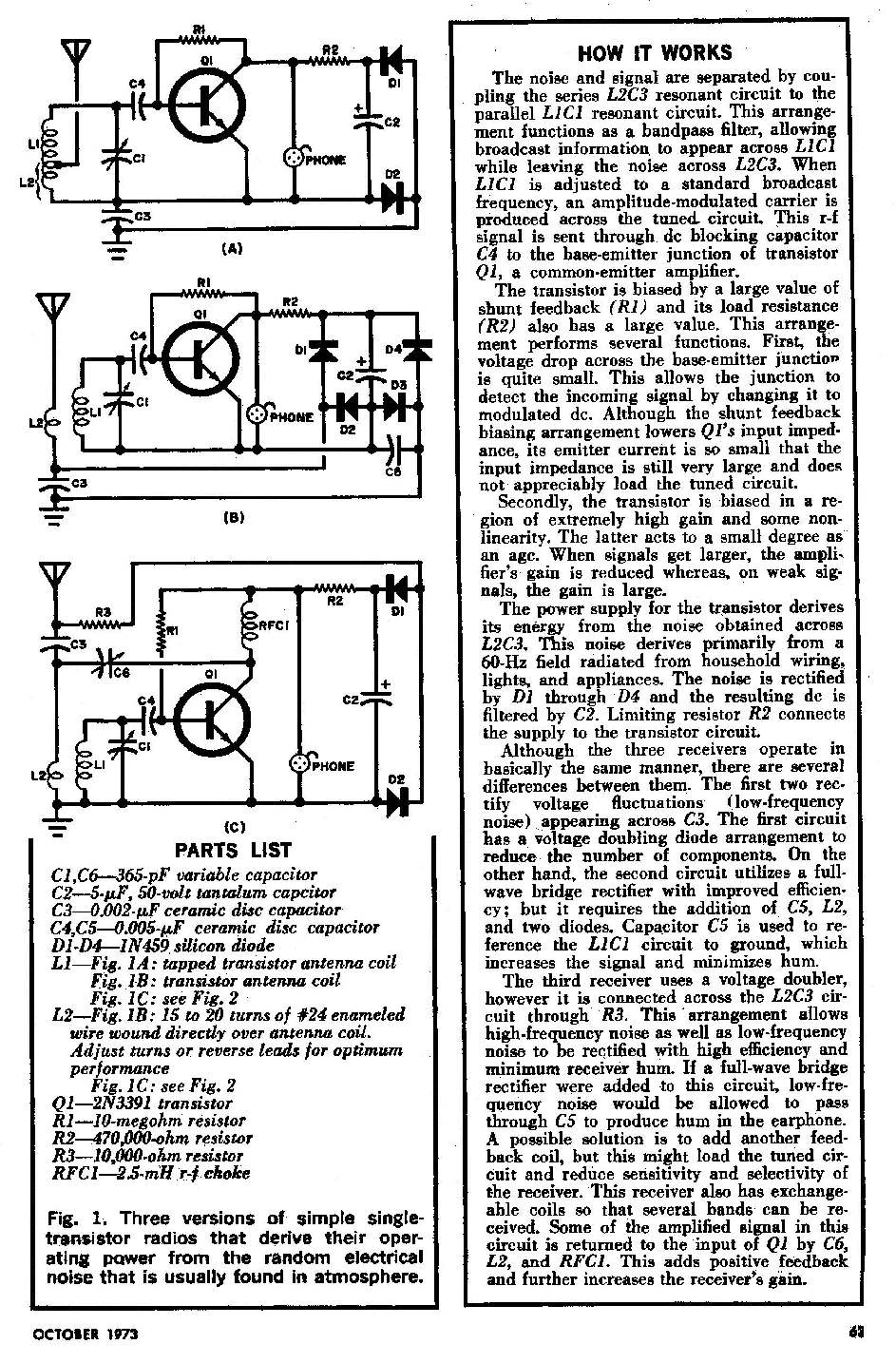
A wideband RF detector is being designed, utilizing a series of resonant LC tanks spaced between 5 to 10 MHz apart, with an exception of 1 MHz spacing from 9 MHz onwards.
The design of a wideband RF detector incorporating multiple resonant LC tanks offers the capability to capture a broad spectrum of radio frequencies. The LC tank circuits serve as selective filters that resonate at specific frequencies, allowing the detector to identify and process signals within the designated frequency ranges.
The proposed configuration suggests employing a series of LC tank circuits, each tuned to different frequencies spaced 5 to 10 MHz apart. This spacing is crucial for ensuring that the detector can effectively cover a wide frequency range while maintaining sensitivity to the desired signals. The exception of 1 MHz spacing from 9 MHz indicates a focus on finer resolution in that specific frequency band, which may be relevant for applications requiring precise detection in that range.
Each LC tank circuit consists of an inductor (L) and a capacitor (C) arranged to form a resonant circuit. The resonant frequency (f) of each tank is determined by the formula:
f = 1 / (2π√(LC))
Where L is the inductance in henries and C is the capacitance in farads. By selecting appropriate values for L and C, the desired resonant frequencies can be achieved.
The output from each LC tank can be fed into a common detection stage, which may include a diode for envelope detection or a more complex demodulation circuit, depending on the intended application. The output signals can then be processed further for amplitude measurement or converted to a digital format for display or analysis.
In summary, the design of a wideband RF detector using resonant LC tanks provides a versatile solution for RF signal detection across a broad frequency range, with specific tuning to enhance performance in critical areas of interest. Proper component selection and circuit design will ensure optimal functionality and sensitivity of the detector.I`d like to make a wideband RF detector. I`m thinking of using a range of resonant LC tanks, 5 to 10 mhz apart, (except / or 1 mhz apart from 9 to.. 🔗 External reference
The design of a wideband RF detector incorporating multiple resonant LC tanks offers the capability to capture a broad spectrum of radio frequencies. The LC tank circuits serve as selective filters that resonate at specific frequencies, allowing the detector to identify and process signals within the designated frequency ranges.
The proposed configuration suggests employing a series of LC tank circuits, each tuned to different frequencies spaced 5 to 10 MHz apart. This spacing is crucial for ensuring that the detector can effectively cover a wide frequency range while maintaining sensitivity to the desired signals. The exception of 1 MHz spacing from 9 MHz indicates a focus on finer resolution in that specific frequency band, which may be relevant for applications requiring precise detection in that range.
Each LC tank circuit consists of an inductor (L) and a capacitor (C) arranged to form a resonant circuit. The resonant frequency (f) of each tank is determined by the formula:
f = 1 / (2π√(LC))
Where L is the inductance in henries and C is the capacitance in farads. By selecting appropriate values for L and C, the desired resonant frequencies can be achieved.
The output from each LC tank can be fed into a common detection stage, which may include a diode for envelope detection or a more complex demodulation circuit, depending on the intended application. The output signals can then be processed further for amplitude measurement or converted to a digital format for display or analysis.
In summary, the design of a wideband RF detector using resonant LC tanks provides a versatile solution for RF signal detection across a broad frequency range, with specific tuning to enhance performance in critical areas of interest. Proper component selection and circuit design will ensure optimal functionality and sensitivity of the detector.I`d like to make a wideband RF detector. I`m thinking of using a range of resonant LC tanks, 5 to 10 mhz apart, (except / or 1 mhz apart from 9 to.. 🔗 External reference
